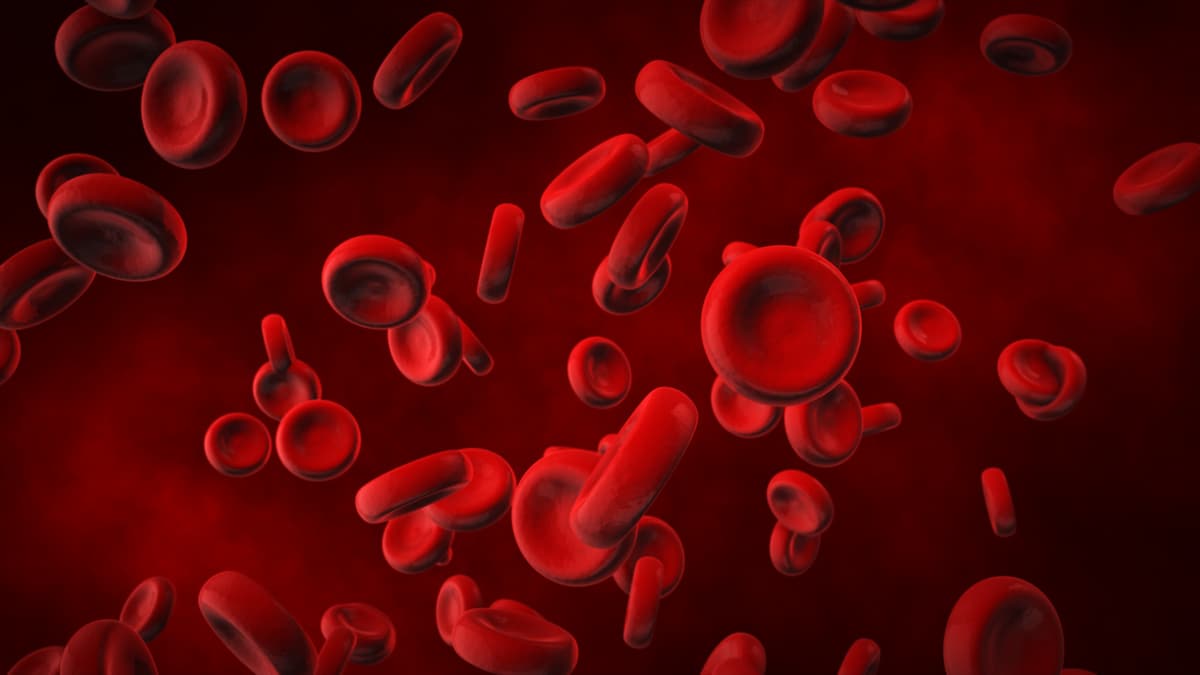Multidisciplinary Teams Are Needed for Multidimensional Support in Blood Cancers
A qualitative, interview-based analysis identified 7 distinct roles played by hematologists relating to shared decision making for patients with advanced lymphoma or leukemia.
When examining the role hematologists play in shared decision making with patients diagnosed with relapsed/refractory lymphoma and leukemia, investigators identified several important responsibilities, including preparation and consideration for patients via communication and emotional support, according to findings from an interview-based qualitative analysis published in Cancer Control.
"In a previous study of oncologists, including hematologists, lack of information about the patient was the most frequently cited factor hindering patient involvement in decision-making," according to investigators of an interview-based qualitative analysis published in Cancer Control.

Of the hematologists who were interviewed, more than half acknowledged the role of other multidisciplinary professionals, such as nurses, in providing critical patient information during this process. Some participants reported encouraging nurses to take an active role in assisting patients during the decision-making process.
These findings reinforce the need for a multidisciplinary team to share information and give patients with advanced lymphoma and leukemia multidimensional support, the investigators stated.
“In this study, hematologists were interviewed to clarify their role and expectations of other professionals,” they wrote. “Hematologists presented treatment options based on a variety of factors, including the patient’s goals, emotions, the preparedness for the disease, and the severity of the disease. During this process, the hematologists worked with other professionals to understand specific information about the patient and family, including their background, goals, and intentions.”
The qualitative study extracted these findings from in-depth, semi-structured interviews with 11 board-certified hematologists conducted from August 2011 to December 2011. Only physicians with at least 5 years of experience were included. The average participant age was 44 years (range, 35-54), the average specialization experience was 16 years (range, 7-26), and the average length of the interviews was 27 minutes (range, 17-46).
All but one of the participants were male, and most (n = 7) worked at a university hospital rather than a cancer center or general hospital.
The analysis extracted 7 broad roles played by hematologists in this setting:
- Preparing patients prior to informed consent
- Selecting the information to convey
- Selecting a method of communication
- Respecting the intentions of patients and their families
- Directing decision-making and considering fairness
- Considering the emotional aspects of patients and their families
- Providing support after discussing treatment options.
Each category contained several subcategories and consisted of a variety of reported activities. For example, some participants reported providing information regarding the risk of relapse to patients when preparing them prior to informed consent.
Notably, when selecting which information to convey, more than half of participants said they may avoid telling patients the truth depending on the severity of the illness to avoid a loss of hope. Participants similarly reported selecting their method of communication based on their judgement of how the patient would react and their level of acceptance.
Several participants reported considering a patient’s emotional aspects by maintaining a respectful attitude toward patients, speaking with them and their families as equals, and looking them in the eye.
The study also assessed hematologists’ roles in multidisciplinary teams, which were grouped into 5 categories, including communicating with other professionals; exchanging information including gathering and providing; managing the team; and encouraging active participation from nurses. Some reported advising nurses to provide additional information during patient discussions, and to explain prognoses and future treatment plans to other professionals.
“Hematologists who participated in this study indicated that the role they expected of multidisciplinary professionals was to inform them about patient thoughts, information, and methods of care that the physicians were unaware of,” the investigators wrote.
“They also expected other professions to play a role in providing emotional support to patients and their families. In a previous study of oncologists, including hematologists, lack of information about the patient was the most frequently cited factor hindering patient involvement in decision-making.”
The age of these interviews, conducted in 2011, and the opportunistic sampling employed by the study limit the generalizability of these findings, but they nevertheless highlight the many overlapping roles played by hematologists and their colleagues and the role of multidisciplinary care, the investigators concluded.
Reference
Morikawa M, Shirai Y. Qualitative analysis of the roles of physicians and nurses in providing decision support to patients with relapsed or refractory leukemia and lymphoma. Cancer Control. Published online October 21, 2022. doi:10.1177/10732748221131003